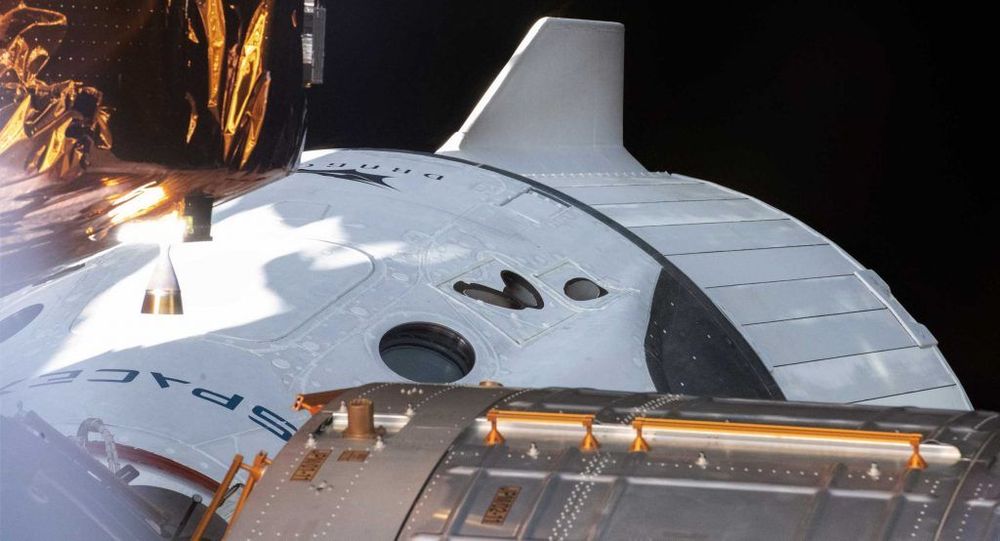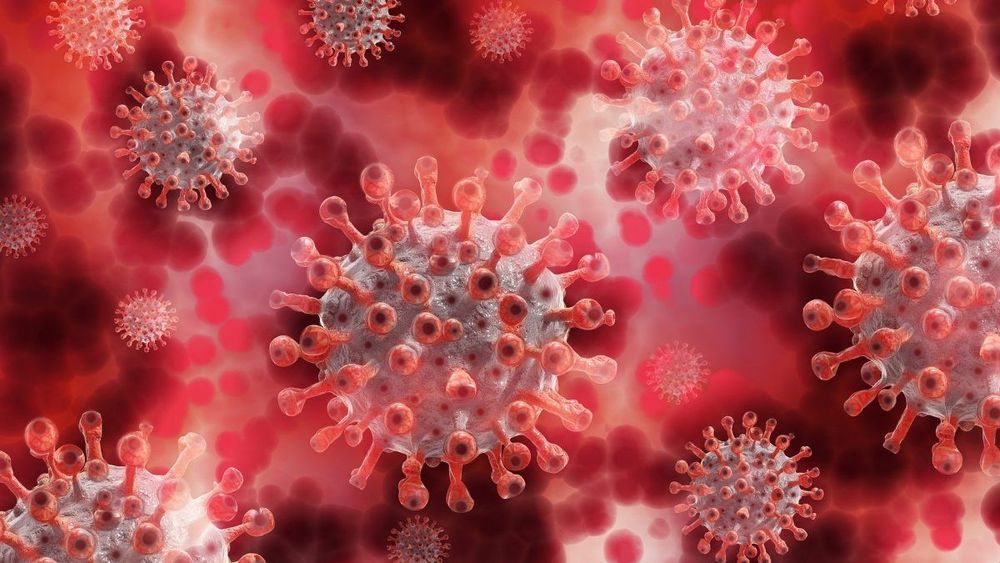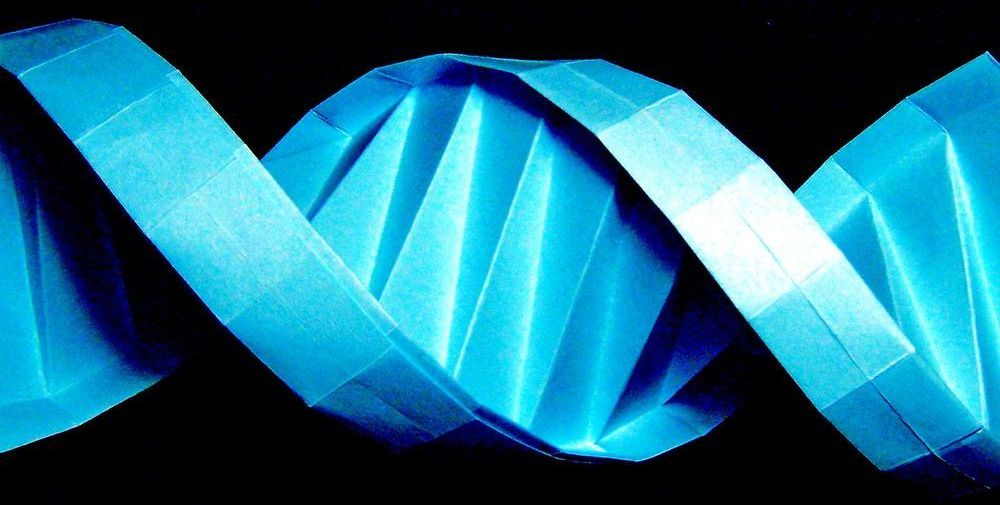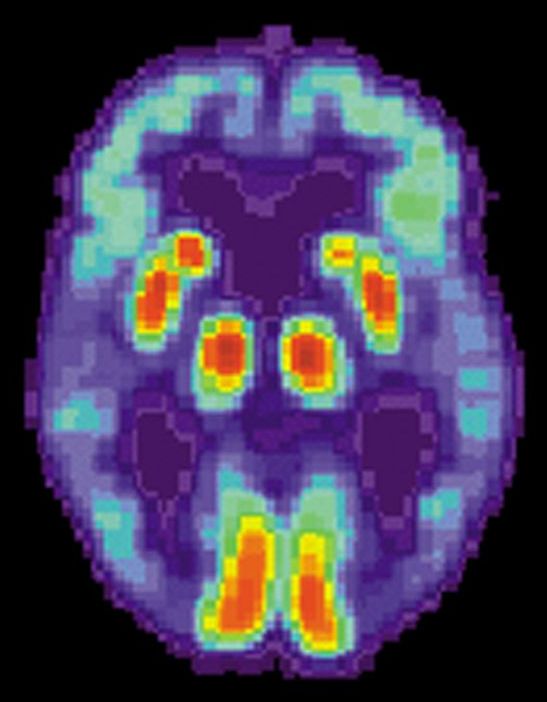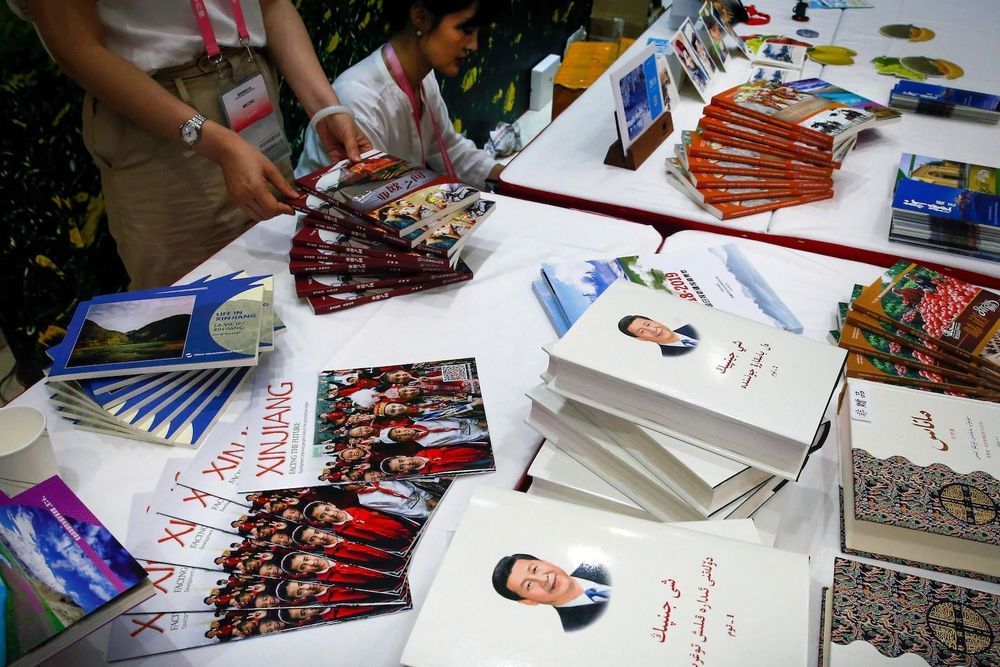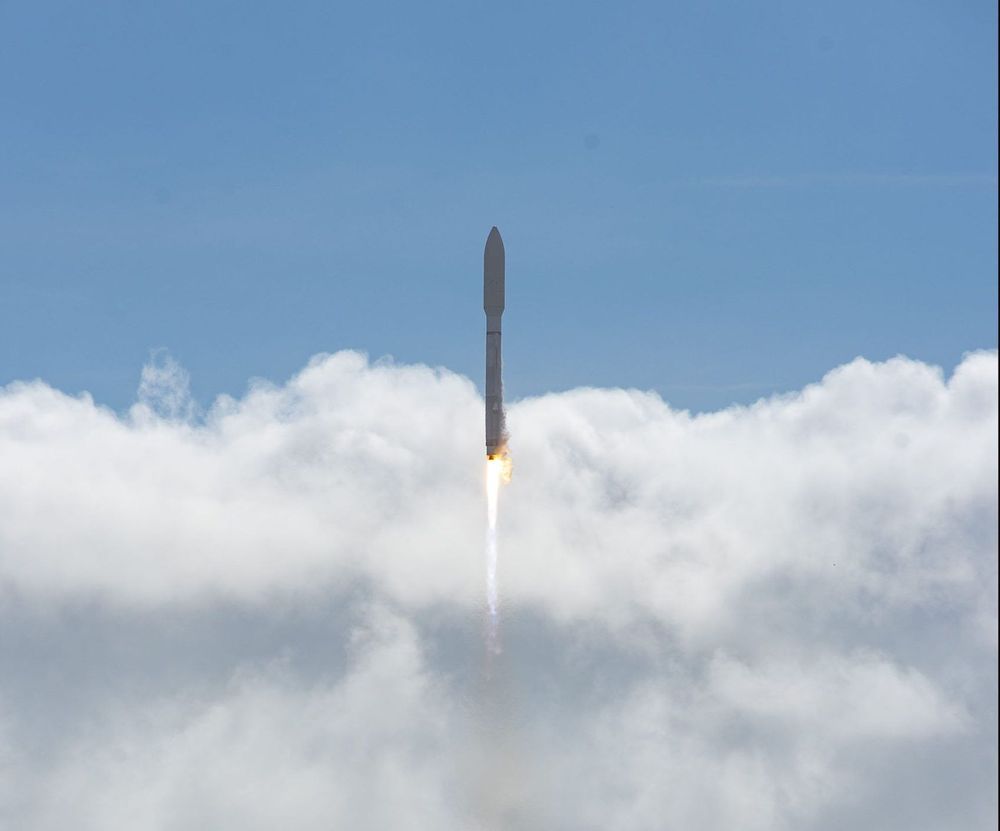SpaceX’s first human-proven Crew Dragon spacecraft is being put through its paces in orbit by NASA and even Roscosmos astronauts, according to senior agency leader.
Promoted to lead NASA’s Human Spaceflight Office (HEOMD) days ago, former Commercial Crew Program (CCP) manager Kathy Lueders primarily spoke about her new job – guiding the Artemis Moon landing program – but did manage to answer some questions about her former post. Successfully launched on May 30th, SpaceX’s inaugural Crew Dragon astronaut mission also marked NASA’s first domestic astronaut launch since June 2011, an achievement that unsurprisingly helped catapult Lueders up the ranks just a few weeks later.
Thus far, SpaceX’s first crewed launch is arguably the crowning achievement of both the company and the commercial spaceflight industry it’s largely come to represent. The mission isn’t over yet, however, and International Space Station (ISS) astronauts are reportedly hard at work as they continue to test the historic Crew Dragon spacecraft and push it to a whole new genre of limits.
